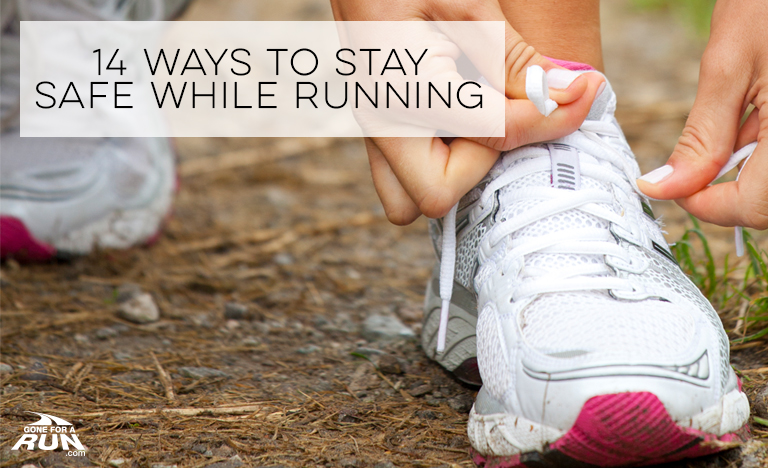
Running is beautiful…. As runners, we’ve learned that running is the purest form of freedom and we’ve discovered that there is so much to take in over the countless miles we spend on roads and trails in towns and cities all over the world. Every mile helps define who we become. They make us grow stronger and more resilient and that is a beautiful thing. Running is beautiful – and for that reason, it is easy to forget that with the freedom and behind that beauty, there is the reality that every time we lace up and step out the door, risks and dangers exist.
Risks exist in the form of distracted drivers, crime, or even animals. These are real risks, but they shouldn’t prevent us from doing what we love. Empower yourself with the knowledge to make smart decisions and in order to minimize the risks and spend more time enjoying our beloved sport.
To help you make smart running decisions, we’ve put together a list of safety recommendations below. Run strong and be safe!
- Leave the headphones at home! I know you’re going to say, “are you crazy, lady?” (And I’ll answer, “it’s been suggested….”) but… nonetheless, don’t wear headphones/listen to music. As someone who has a very hard time doing much of anything without music on (running included), if you must listen to music, at least select styles that allow for you to still hear the noises around you (such as someone running up behind you, cars, or other warning noises), or keep your music low so it doesn’t block all sounds – so yes, leave the noise canceling headphones at home!Many headphones come with volume control on the wire – always helpful for quickly muting the music if, for example, you suspect someone is following you, buy don’t want to draw attention to yourself muting the music.Another thing you can do is only play music in one ear. It takes a little getting used to, but it’s worth the adjustment.
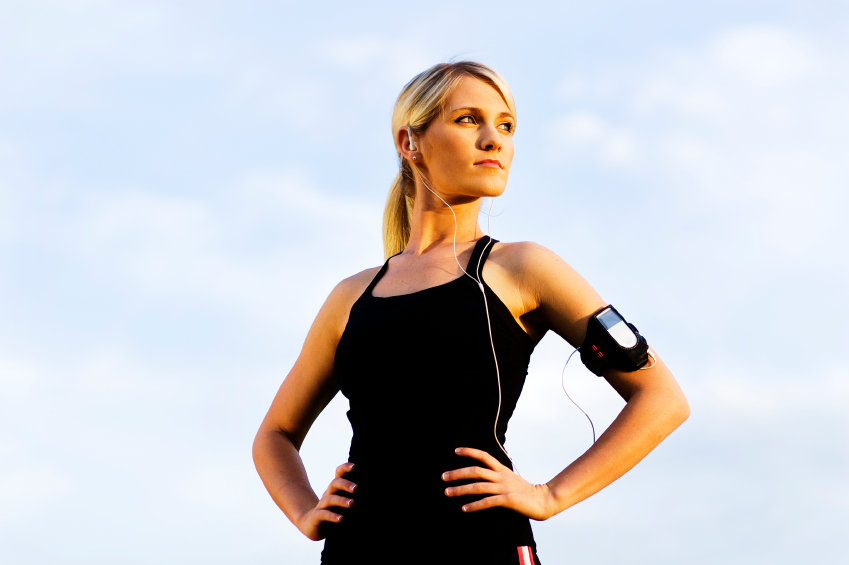
- Wear an ID bracelet, such as an IdmeBAND. Anything can happen when you are running and ID bracelets can, and have, saved lives. If you faint or injure yourself in a way that you can’t call for help, someone who finds you will be able to call 911 and an emergency contact – and the bracelet tells emergency responders who you are and if you have any allergies, ensuring you receive the proper treatment if your emergency contact isn’t available. (I find this invaluable, as I have an allergy to a specific antibiotic and all fish – so it isn’t safe for me to be treated with medications derived from our friends in the ocean.)
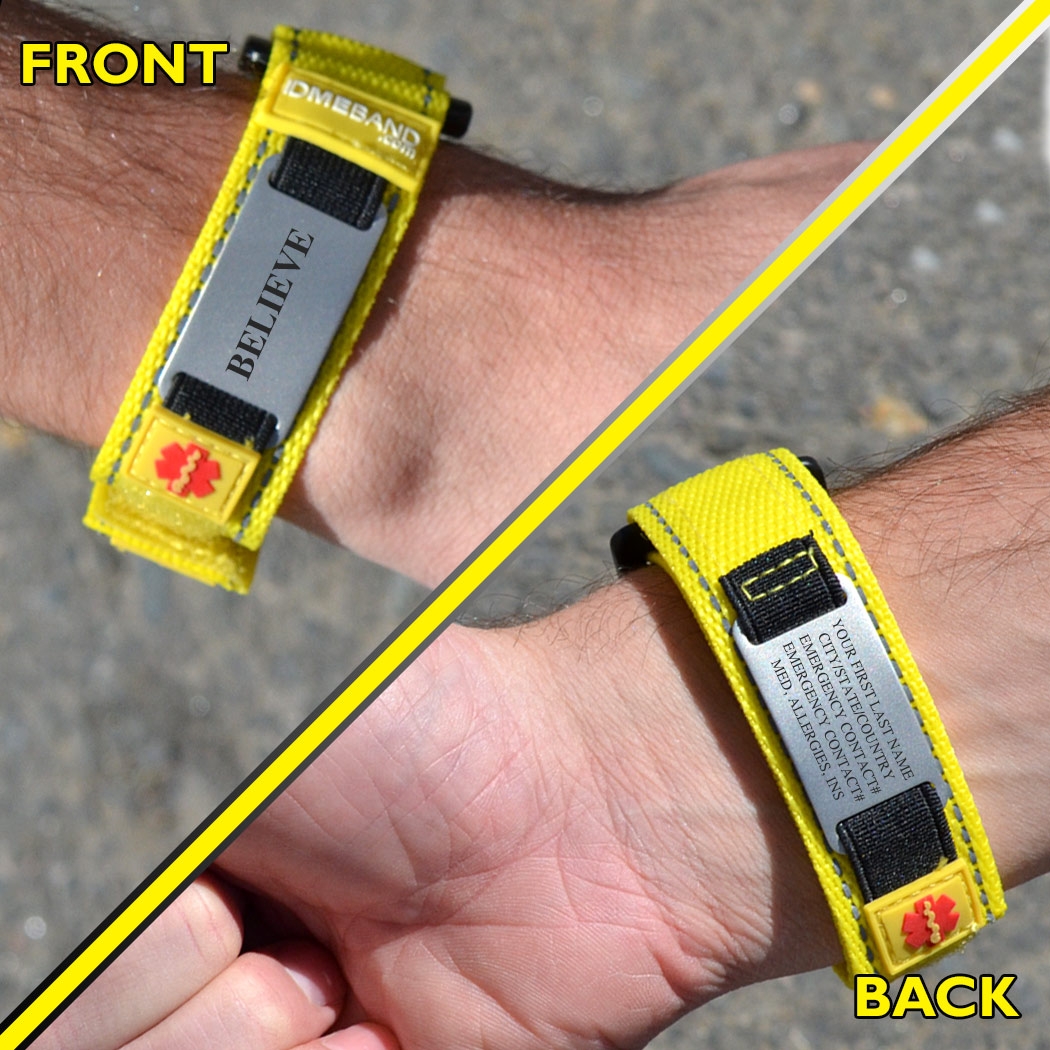
- Carry a cell phone. This is the best way to call for help if you hurt your ankle, or start to feel sick (especially when running in extreme heat – which is something most of the runners in the country know about this year) and a friend or family member can come get you. You can also call the police if you are concerned about someone suspicious lurking around in an area you always run, or potentially following you (or another runner – we have to look out for each other, as part of an extended running family.)
- Let someone you trust know where you are running, what time you are leaving, and how long you expect to be – if you say you’ll be back around 7am, and haven’t returned by 8am, they can call your cell phone and check on you, or go looking for you to make sure you’re okay. Sometimes, we lose track of time (try not to if you do this, or call if your plans change – no need to have people senselessly worrying about you!) It also gives you some peace of mind heading out when you know someone is aware of where you are and will check on your safety if necessary.
- Run during daylight hours – there are more people around, and people are less likely to commit a crime when there are potential witnesses, and it is significantly easier for cars to see runners during the day than it is at night. You are also less likely to run into animals as many, such as raccoons, are more active after dark.
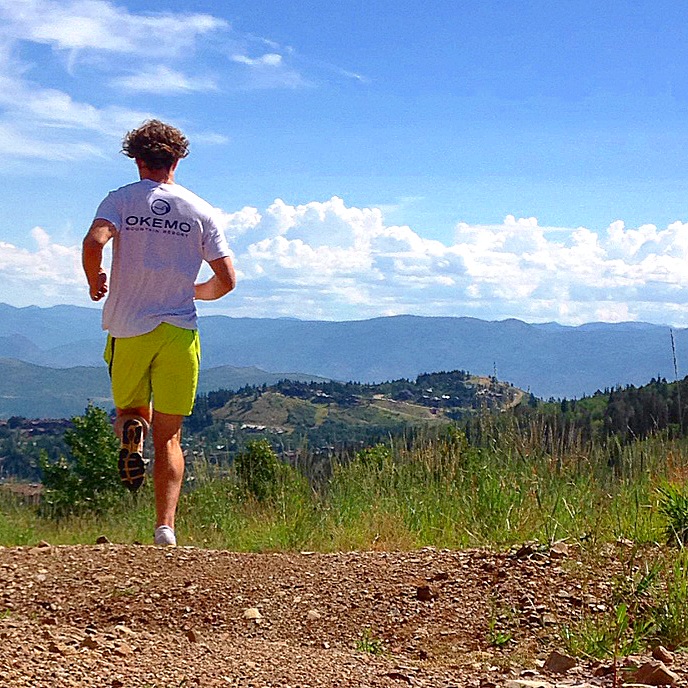
- Run opposing, not with, traffic. This way you’re able to see oncoming traffic – even if the driver is distracted – and proactively avoid an accident. According to the National Highway Traffic Safety Administration, in 2014, 4,884 pedestrians and 726 bicyclists were killed in crashes with motor vehicles. Drivers should respect runners and bikers, but as we all know (all too well) this is not always the case. Put yourself in a position of control, run toward traffic so that you can do all you can to anticipate and avoid distracted or dangerous drivers.Further, only cross the road at intersections – and with the light, after looking both ways. Yes, it is somewhat of a pain to stand at a light, running in place waiting for it to change, but if you follow the rules, you substantially decrease your odds of being hit by a car. As much as we want to, we can’t put all the blame on drivers – we need to look out for ourselves as well.
- Run with a buddy. There are so many reasons to do this. If anything happens to you, or your buddy, someone is there to help. You can look out for each other and make sure that you’re healthy and safe, especially in inclement weather. And statistically, if someone is looking to rob or assault someone, they will choose the easiest target, and that’s someone alone in a more isolated area. Fun bonus benefit: you can encourage each other to keep going and actually improve your time who you regularly run with someone else. You also develop a bond that is unlike many others, based on shared experiences and mutual respect.

- Wear bright colored clothing or reflective gear. Anything you can do to make yourself more visible is good. And you should never run in dark colors, especially at dusk, dawn, or night. The brighter and more contrasting the better, if you look like you transported back to the 80’s then you are on the right track! Wear neon T-Shirts and tank tops – with contrasting neon leggings or shorts. Reflective running gear is ideal. Use a brightly colored headband (or face mask when it is cold out) – our RokBAND multi-functional headbands are ideal for this purpose.
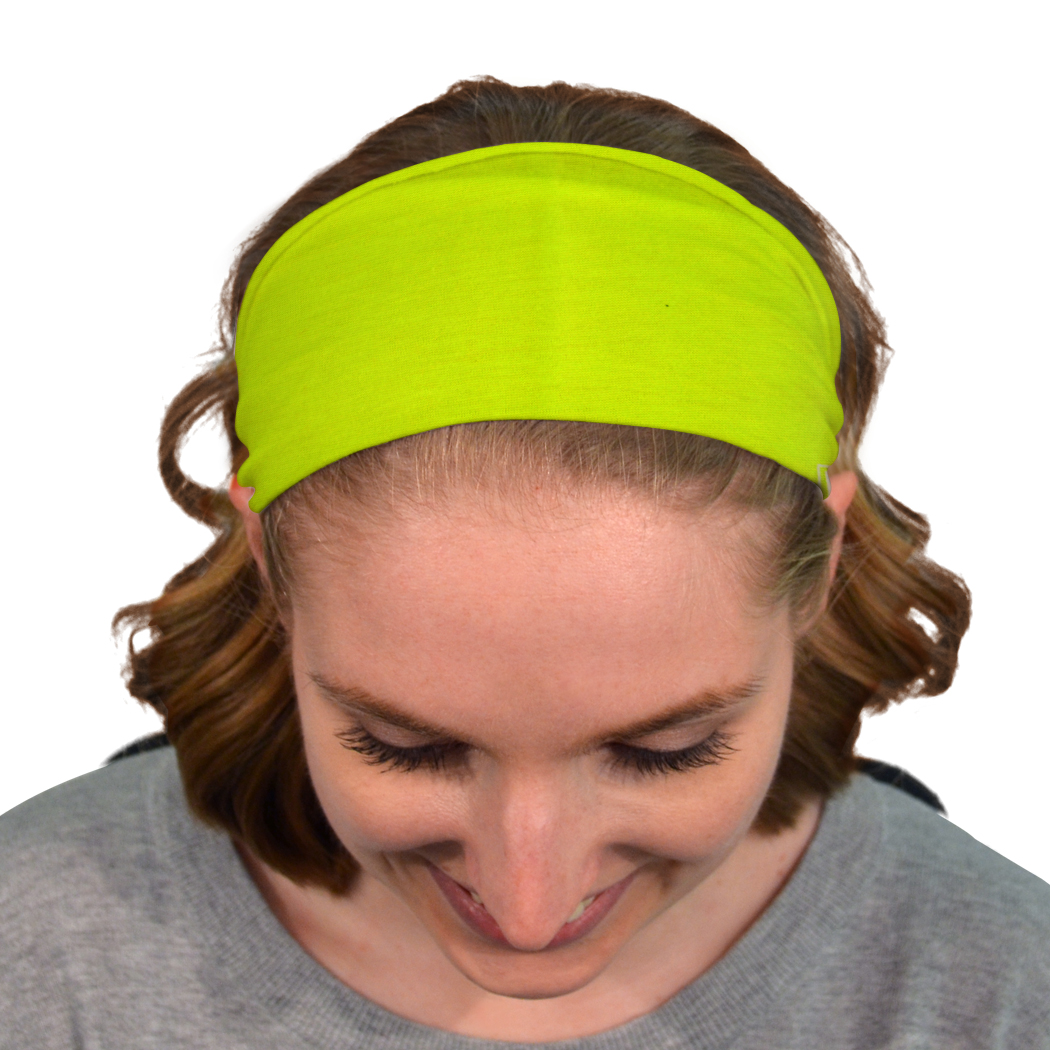
- Carry mace or some other concealed self defense weapon. Make sure you know how to use them – for example, you can hurt yourself if you spray mace upwind, or have the spray nozzle facing the wrong way, making you more vulnerable (and injured). If you carry a small knife or baton, you have to be in a position where it cannot be taken from you and used against you. More often than not, we do not need to resort to any sort of weapon – and if we do, it should always be used calmly and carefully for the reasons above. (Note: please check the legality of owning, carrying and using a concealed self defense weapon in your state before obtaining one.)
- Bring a whistle. If you run in areas where there are a lot of animals, just having a (high pitched) whistle around your neck can be helpful to scare them off. You can buy whistles called “camping whistles” if you tend to run in wooded areas, though they also work as a crime deterrent, as they will certainly be heard by other people in the area and draw attention to the situation. If you are a trail runner then the whistle can also be a life-saver (literally) if you lose your way and get lost in the woods.
- Wear safety lights (LightGuides) such as LED waist bands, arm bands, shoe clips, or multi-use bands (available for purchase in a variety of colors and styles here), especially in low-light hours. They help cars see you from a much greater distance than they would otherwise – sometimes adding as much as ¼ mile visibility as opposed to 30-40 feet. If you just love running at night, this goes a long way toward ensuring your safety.

- Mix up your running routes. There is an element of safety – especially if someone has taken too much interest in you and starts to not only know, but follow your routine. There are predators and stalkers who will take advantage of someone they know will be in the same place, at the same time, every day. Don’t give them a chance to keep tabs on you by changing things up enough that it won’t be possible for someone to track your movements for any reason. (Though it is still a good idea let a trusted friend or family member who is local know where you’ll be running and for approximately how long.)
- If you use apps such as Garmin Connect or Strava, keep your settings private and be very careful of who you “friend”. Once you friend a stranger, they can see information such as your running routes, what time of day you run, and for how long – accounting for the more isolated areas – making it easier for them to stalk you and potentially harm you. Connectivity is great, just make sure you are sharing it with people you already know and trust. As a rule of thumb: if you wouldn’t invite them over to your house for dinner, don’t let them know the details of your runs.
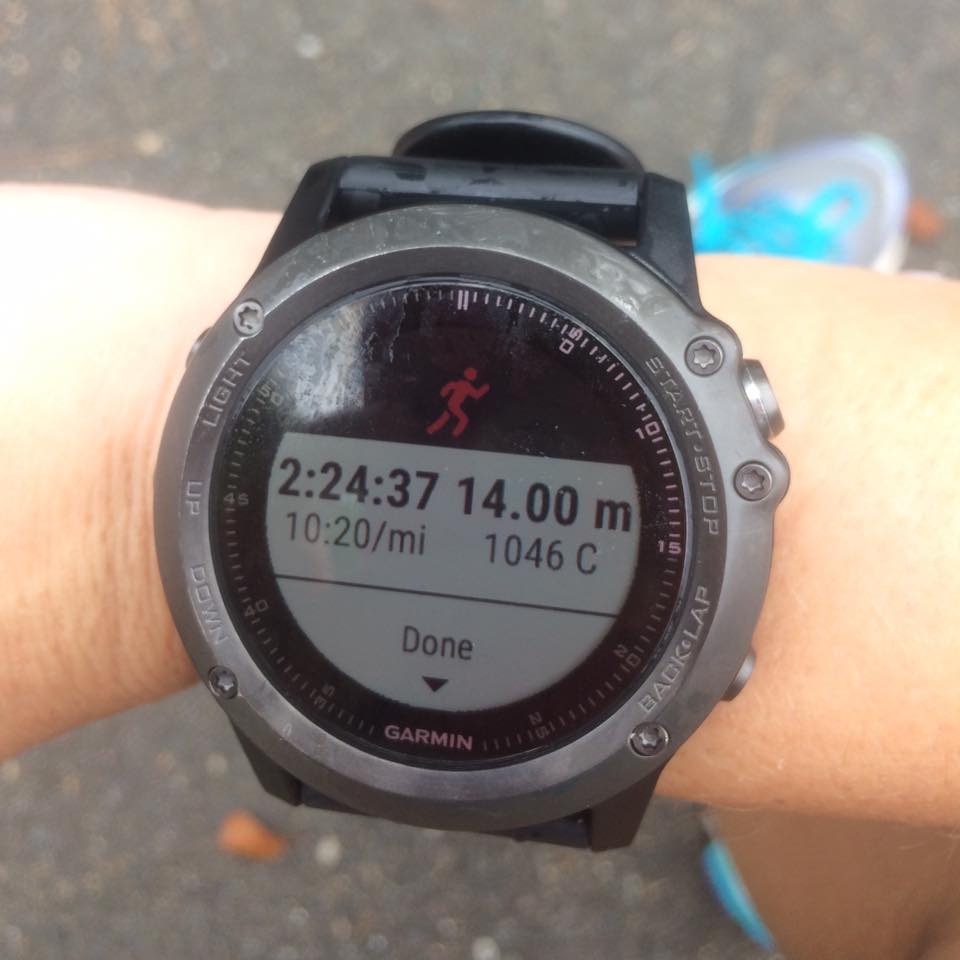
- Choose running routes that are not isolated. Run where there are other runners and people. It doesn’t have to be a city bustling in activity, but try to avoid, for example, heading into heavily wooded and secluded area on your own – you may run into someone with nothing but malice on their mind, or up your risk of an unpleasant encounter with an animal. You’re less likely to face the possible dangers of either by being around other people.Did I cover all the bases? Or did I miss anything? Let me know. Comment below or send your tips to blog@chalktalksports.com. Stay safe out there, everyone!







